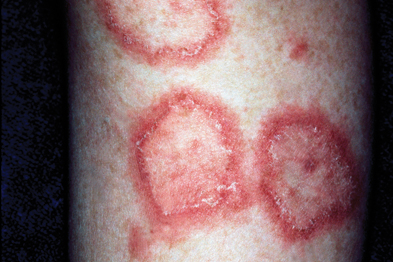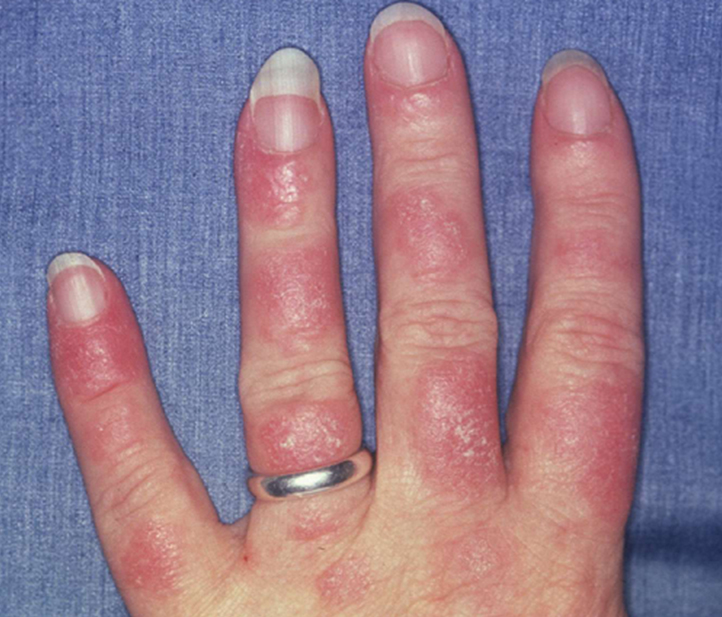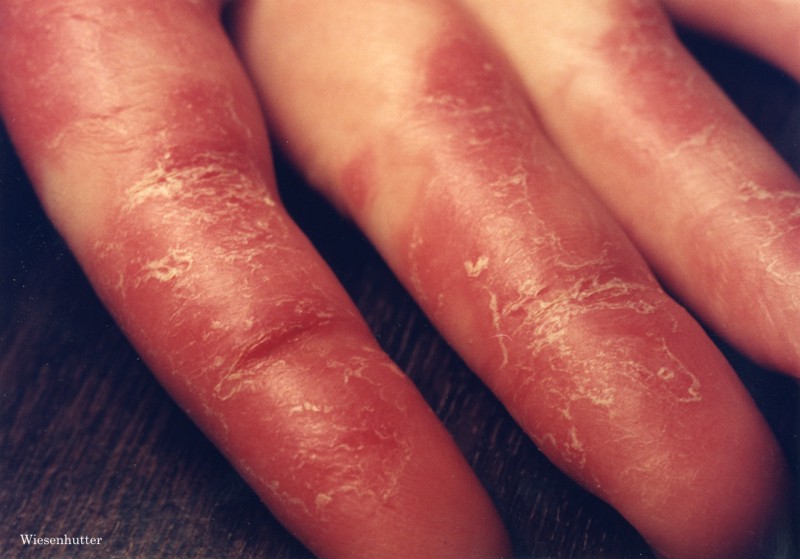Type of SLE
Systemic Lupus Erythematosus
Systemic lupus is the most common form of lupus, and is what most people mean when they refer to "lupus." Systemic lupus can be mild or severe. Some of the more serious complications involving major organ systems are:
- inflammation of the kidneys (lupus nephritis), which can affect the body's ability to filter waste from the blood and can be so damaging that dialysis or kidney transplant may be needed
- an increase in blood pressure in the lungs (pulmonary hypertension)
- inflammation of the nervous system and brain, which can cause memory problems, confusion, headaches, and strokes
- inflammation in the brain's blood vessels, which can cause high fevers, seizures, behavioral changes,
- hardening of the arteries (coronary artery disease), which is a buildup of deposits on coronary artery walls that can lead to a heart attack.
Cutaneous Lupus Erythematosus
Cutaneous refers to the skin, and this form of lupus is limited to the skin. Although there are many types of rashes and lesions (sores) caused by cutaneous lupus, the most common rash is raised, scaly and red, but not itchy. It is commonly known as a discoid rash, because the areas of rash are shaped like disks, or circles. Another common example of cutaneous lupus is a rash over the cheeks and across the bridge of the nose, known as the butterfly rash. Other rashes or sores may appear on the face, neck, or scalp (areas of the skin that are exposed to sunlight or fluorescent light), or in the mouth, nose, or vagina. Hair loss and changes in the pigment, or color, of the skin are also symptoms of cutaneous lupus.
Drug-induced Lupus Erythematosus
Drug-induced lupus is a lupus-like disease caused by certain prescription drugs. The symptoms of drug-induced lupus are similar to those of systemic lupus, but only rarely will any major organs be affected.
The drugs most commonly connected with drug-induced lupus are hydralazine (used to treat high blood pressure or hypertension), procainamide (used to treat irregular heart rhythms), and isoniazid (used to treat tuberculosis). Drug-induced lupus is more common in men because they are given these drugs more often; however, not everyone who takes these drugs will develop drug-induced lupus. The lupus-like symptoms usually disappear within six months after these medications are stopped.
Neonatal Lupus
Neonatal lupus is a rare condition that affects infants of women who have lupus and is caused by antibodies from the mother acting upon the infant in the womb. At birth, the infant may have a skin rash, liver problems, or low blood cell counts, but these symptoms disappear completely after several months with no lasting effects. Some infants with neonatal lupus can also have a serious heart defect. With proper testing, physicians can now identify most at-risk mothers, and the infant can be treated at or before birth. Most infants of mothers with lupus are entirely healthy.





.jpg)